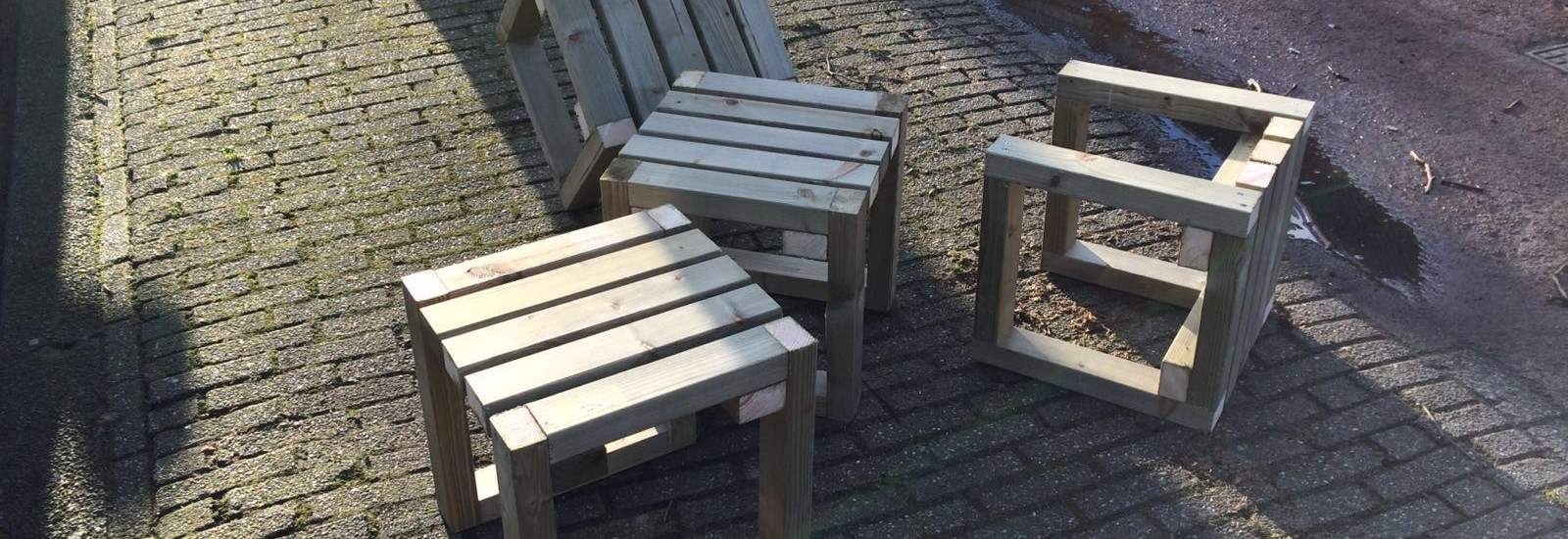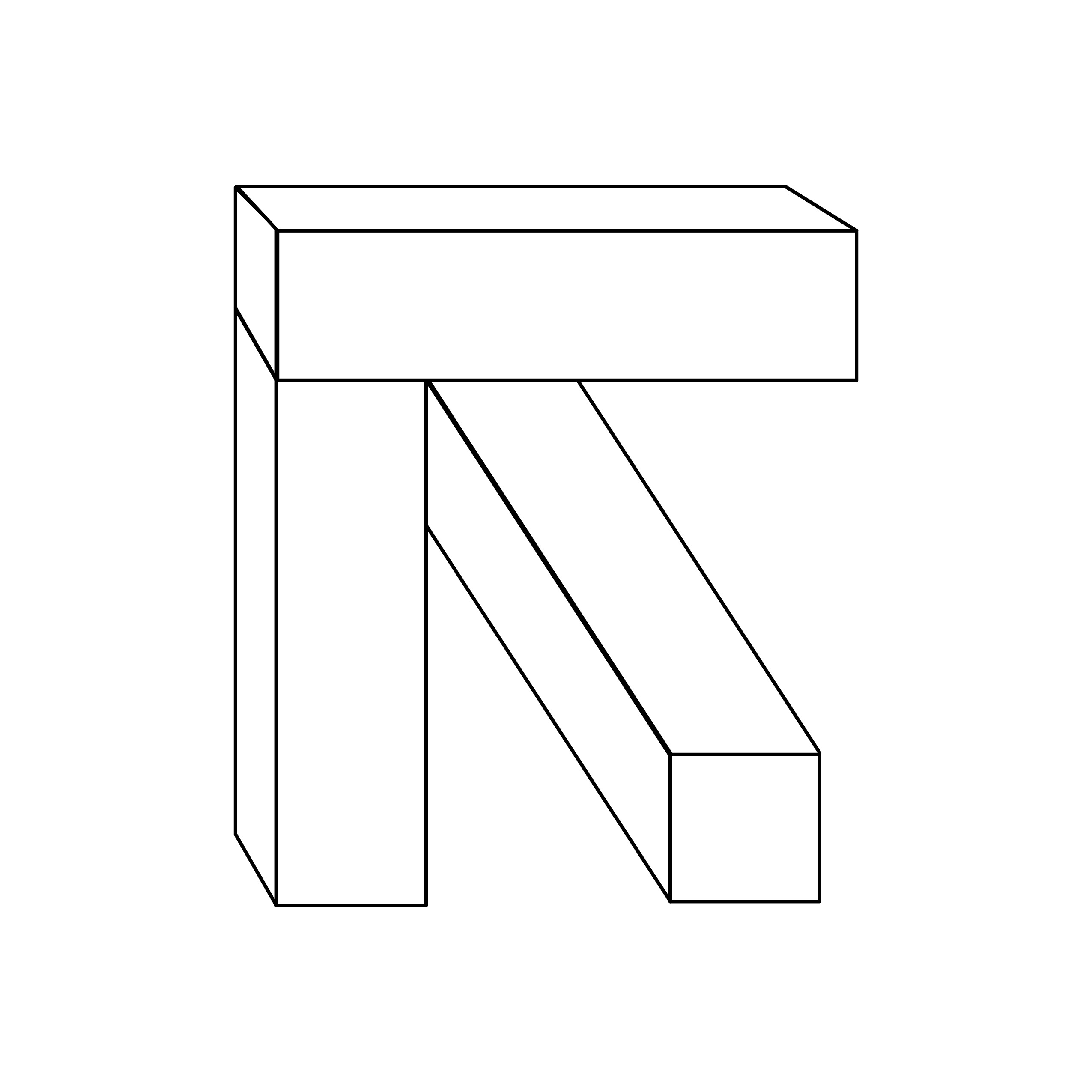
 Mar04 2016, Amsterdam
Mar04 2016, Amsterdam Furniture for Beginners
Last week I built my first piece of furniture.
I was prompted by a meeting we had with the design studio La Bolleur, who built the structure around the wall at the New Europeans site. While more elaborate projects were being planned, I thought I’d weigh in with something simple and hopefully helpful. Furniture would probably be needed for other projects, and by building it I could learn how to make simple things and improve as I go. So I suggested building some seating in a basic building block design with an emphasis on modularity.
What I produced was a cube-shaped stool, 41cm on each side (the ideal height for the average sitter). All told I used thirteen pieces of wood, cut from planks of wood of the same width and breadth. I didn’t know when I started building the chair how many pieces needed to be 41cm in length and I didn’t know that it would take that many pieces to build it, in fact I still don’t know, I might add another piece to strengthen the design.
As I’m suggesting here, I kind of made it up as I went along, but I followed a few rules, passed on to me by the good people at La Bolleur…
Basic principles of furniture design:
– Make the most of the materials you already have
– Make basic drawings before you start, but don’t plan too much
– When executing a plan, think of the most simple aspect and start making that
– Or, begin by making two sides of the design and then join these sides together
– If the work lacks rigidity, add a diagonal section
– Try and make as many pyramid shapes within the work as possible, especially if each adjoining plank goes in a different direction (see diagram).
– Once you are happy with a construction, repeat it to the same measurements a few times
– Improve the design through trial and error

A few things jumped out at me as I was trying to make this list from the instructions passed on to me. The rules are conspicuously open to beginners, they emphasise DIY rather than following detailed instructions and they suggest that you should make the most of what you have around you. To me this sounds a lot like punk, in its initial late-70s incarnation. In an article to follow I’ll discuss the implications of this in more detail.
Stichting EU2016 Plan C p/a Pakhuis de Zwijger Piet Heinkade 179
1019 HC amsterdam tel 020 - 624 63 80 hello@neweuropeans.org






comments